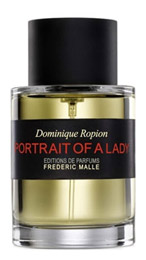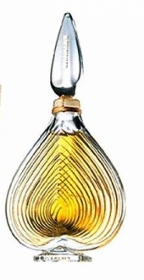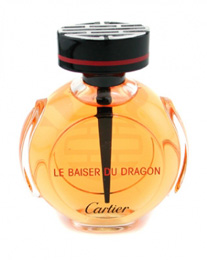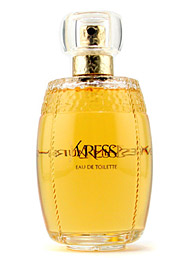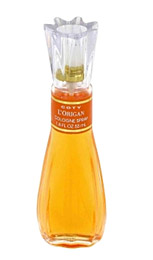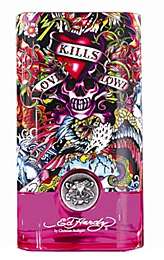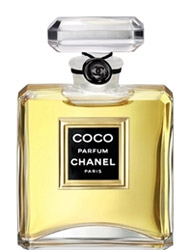Portrait of a Lady was the talk of Niche Town when it was first released. It took me a while to get my sample of this fragrance but I’m glad that I did.
In Bottle: Sour to my nose thanks to the currants with a spicy kick from the cinnamon and clove.
Applied: Sour currants that give way to spicy cinnamon and clove that mixes in with the incense in the midstage. I get mostly smoke from Portrait of a Lady until she keeps aging on my skin and there’s a bit of earthiness that comes up from the patchouli as the scent keeps aging the amber and its warmness rushes up to mingle with the smoke and spice. The rose in this scent doesn’t come up until later in the fragrance where the spicy notes settle down a bit to leave us with a soft, warmed, rose with a hint of spice.
Extra: Portrait of a Lady was created by Dominique Ropion who also created fragrances such as Burberry The Beat, Cacharel Amor Amor, and Armani Code for Women.
Design: Bottled in much the same way as other Frederic Malle scents, in a cylindrical glass bottle. It has a nice weight to it and the simple design makes you focus more on the scent inside the bottle than the flashy exterior. It’s simple and functional for what it is.
Fragrance Family: Oriental
Notes: Raspberry, blackcurrant, clove, cinnamon, rose, sandalwood, patchouli, incense, musk, amber, benzoin.
Portrait of a Lady is a really well done oriental, it smells a bit like an oriental powerhouse but also has elements of a sophisticated modern scent. I especially like the spicy rose present in this fragrance.
Reviewed in This Post: Portrait of a Lady, 2011, Eau de Parfum.




